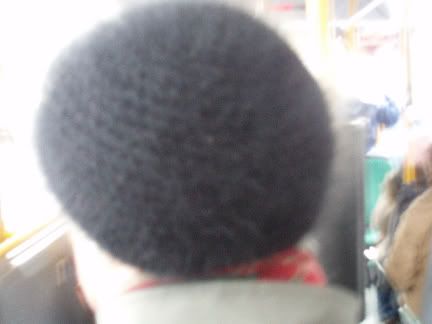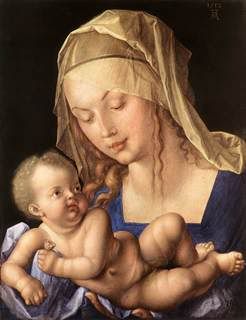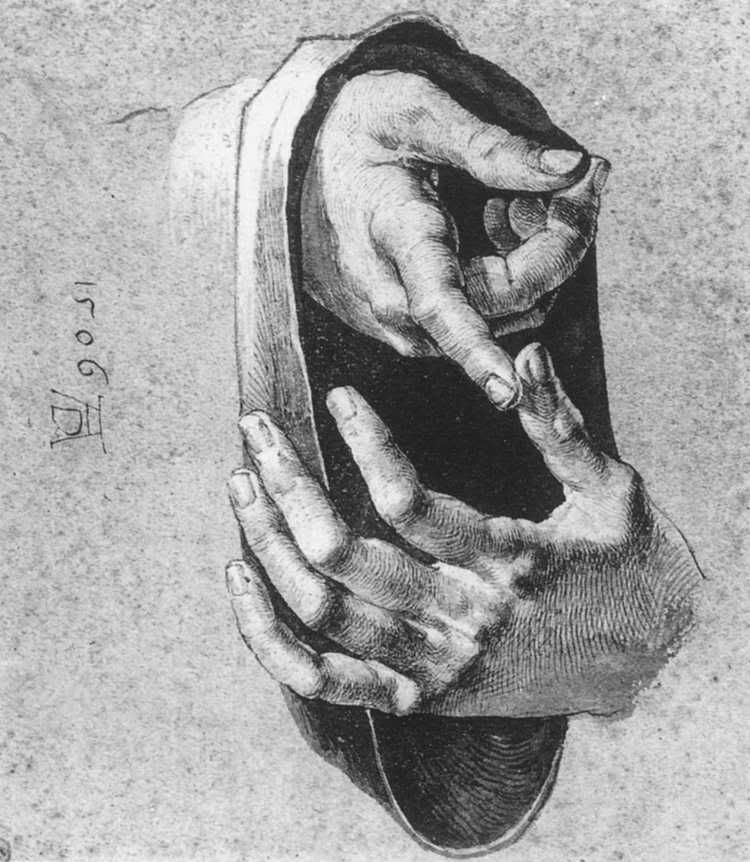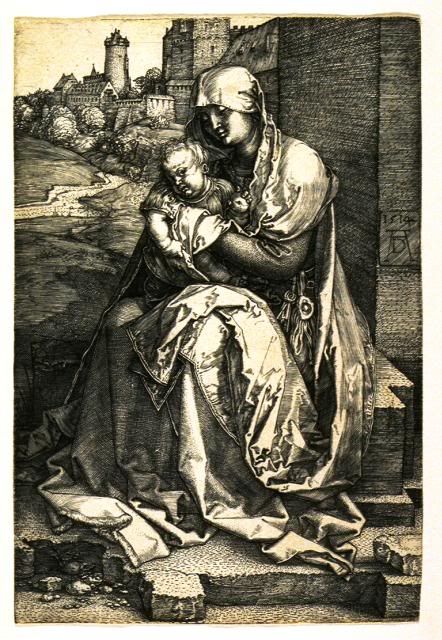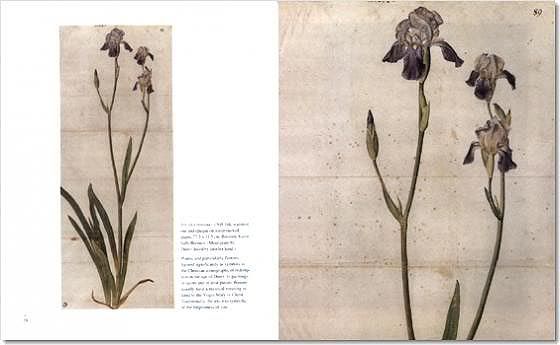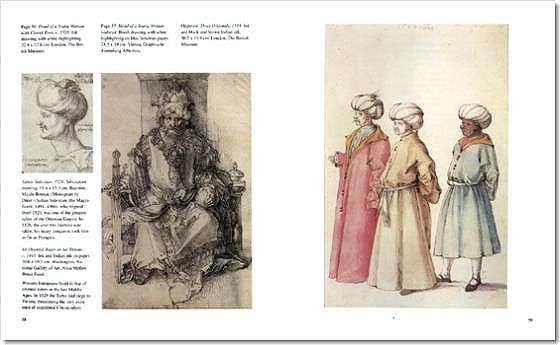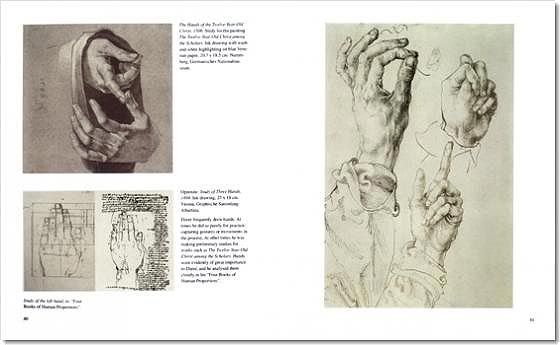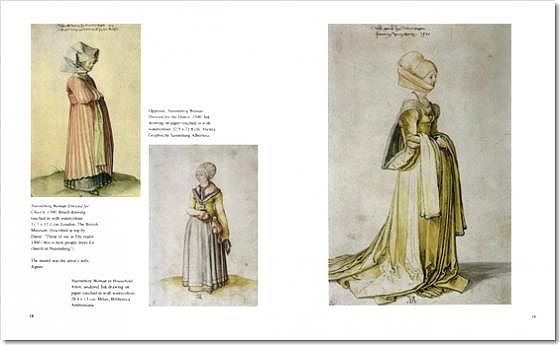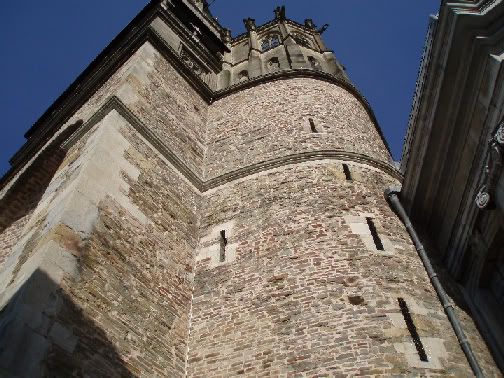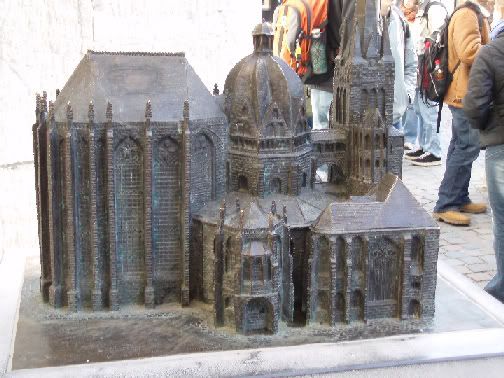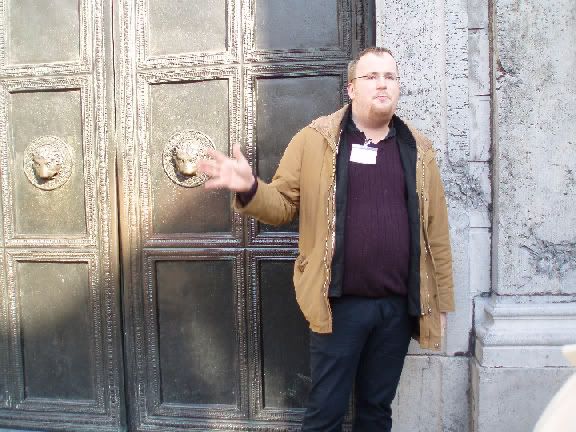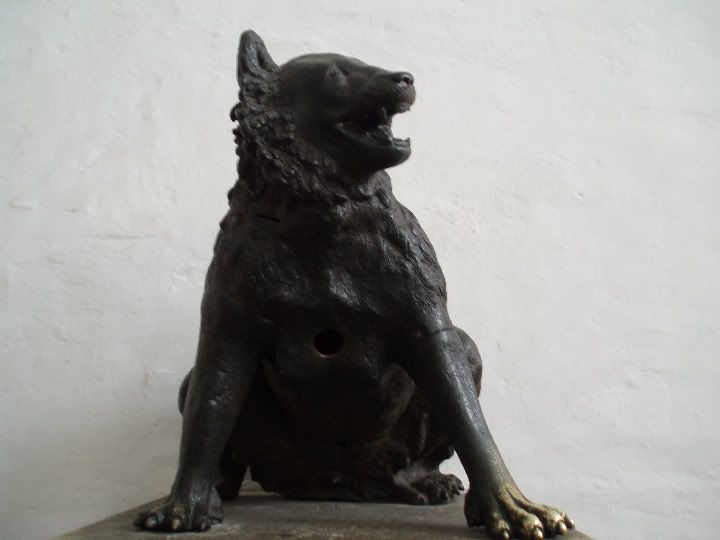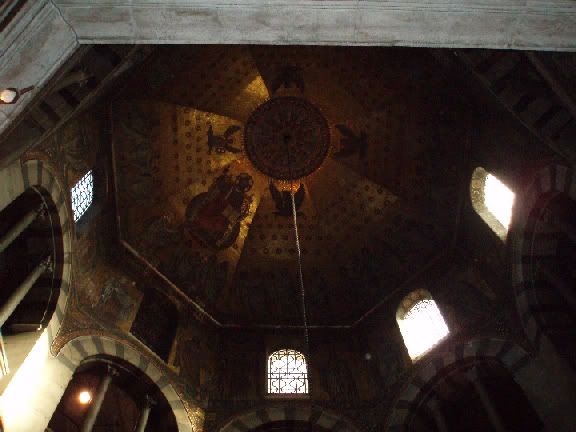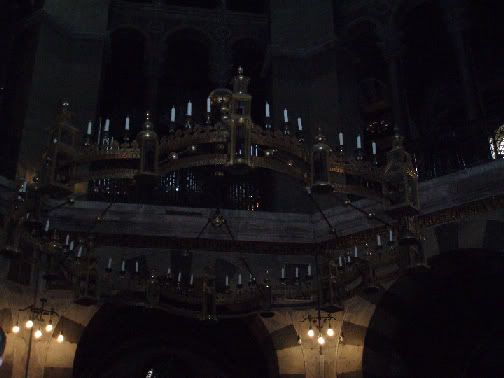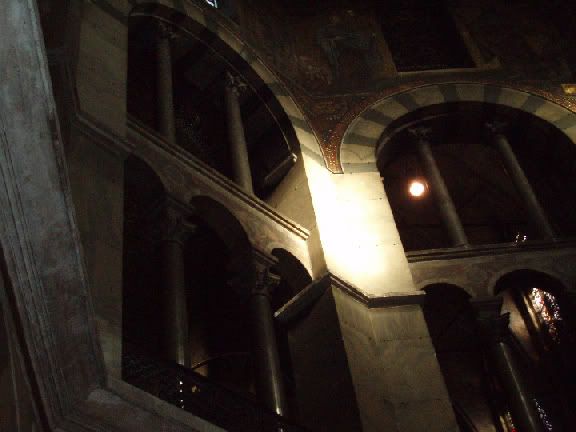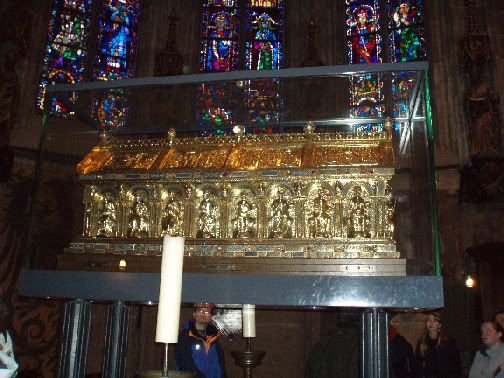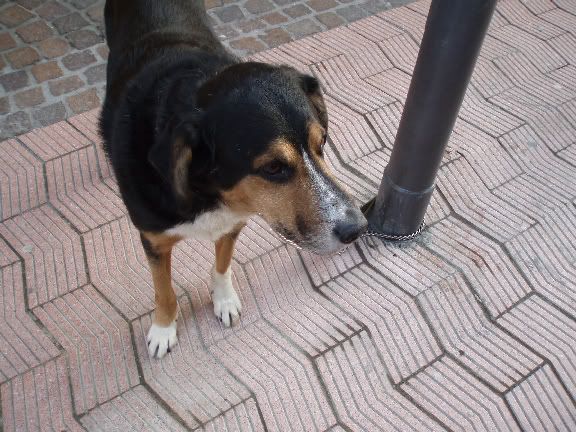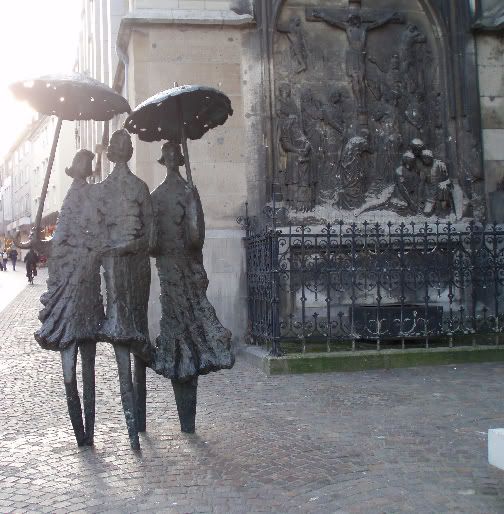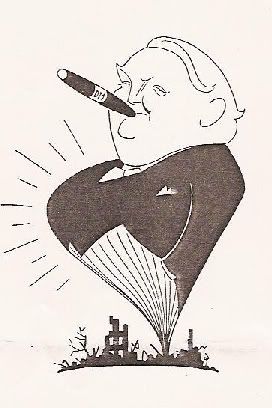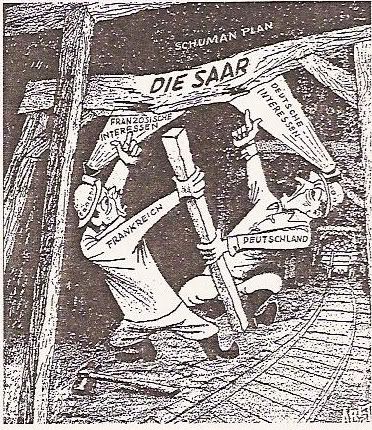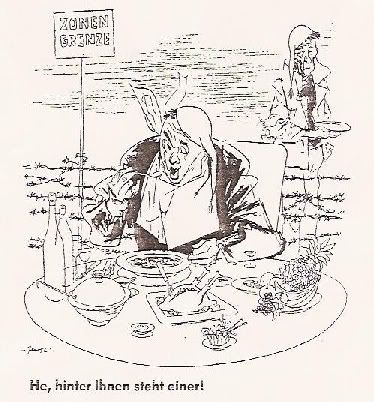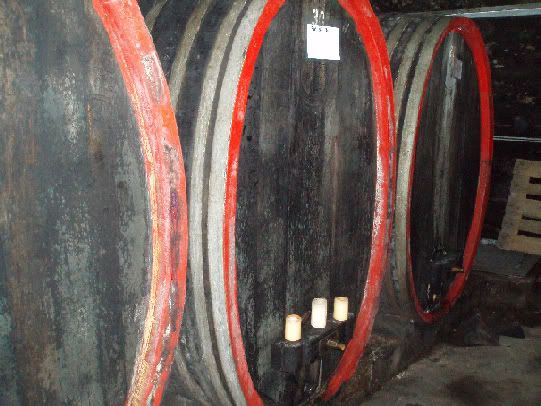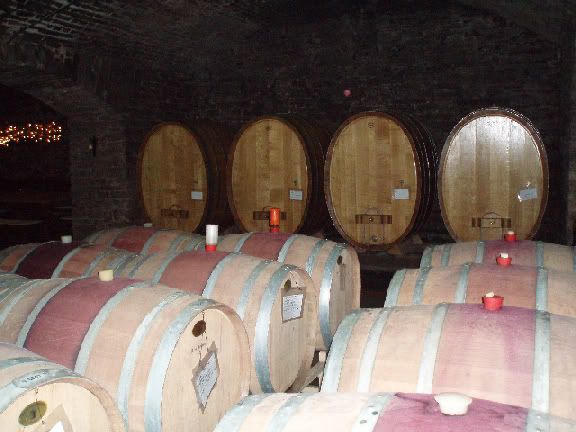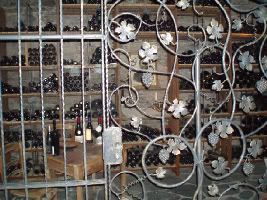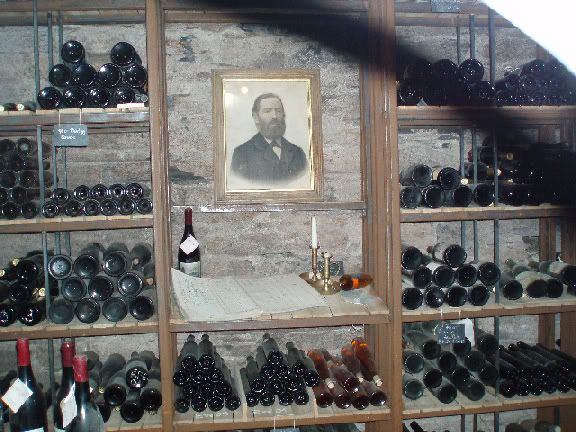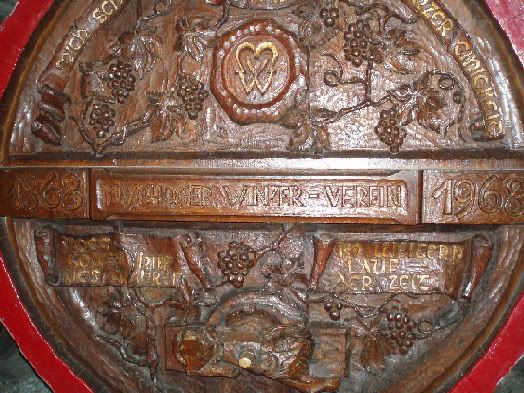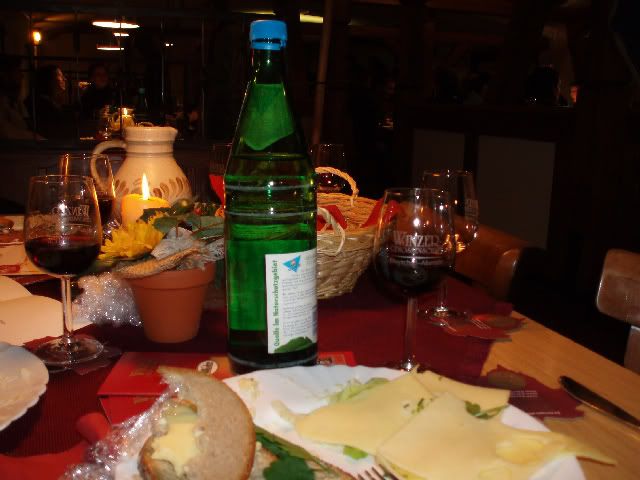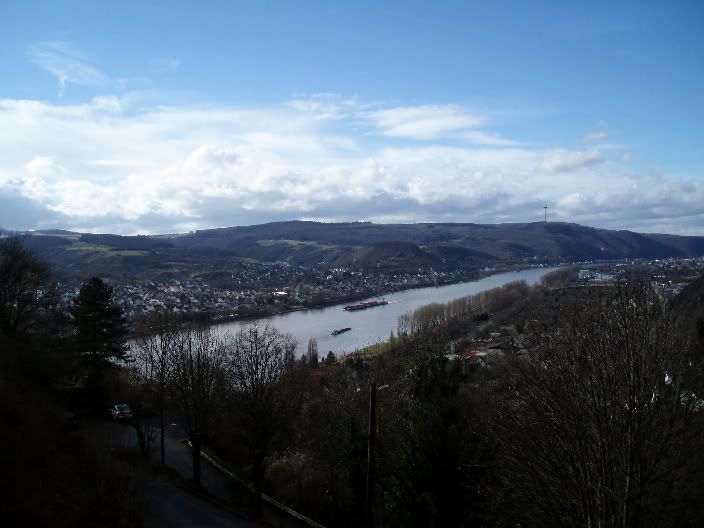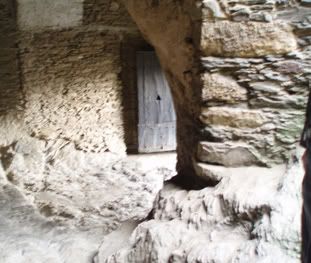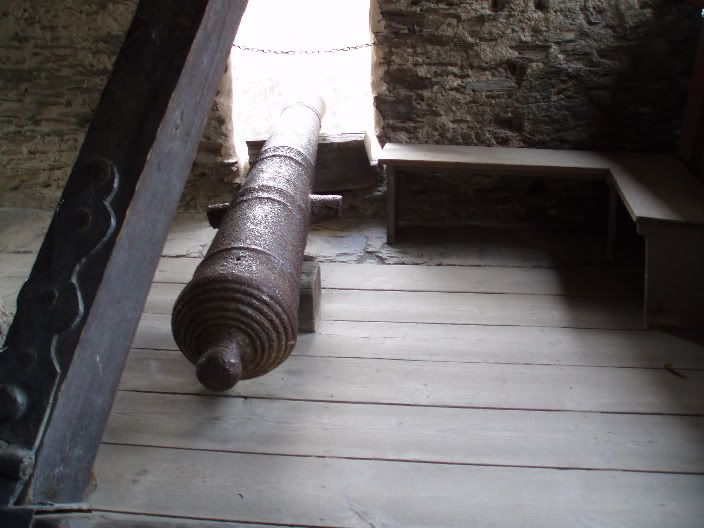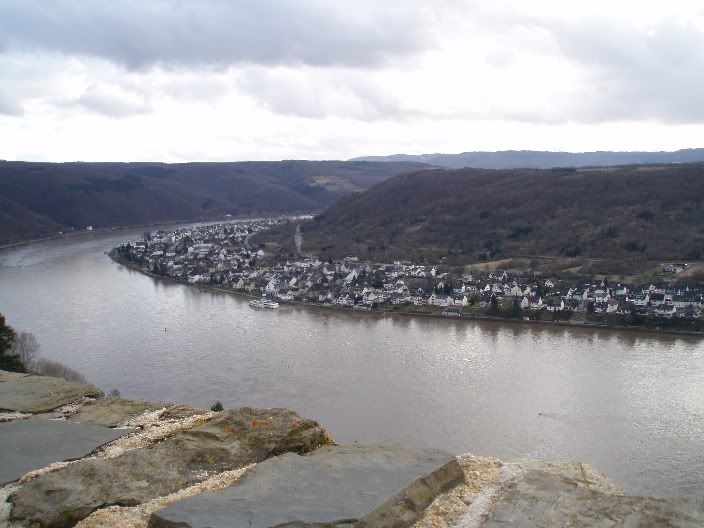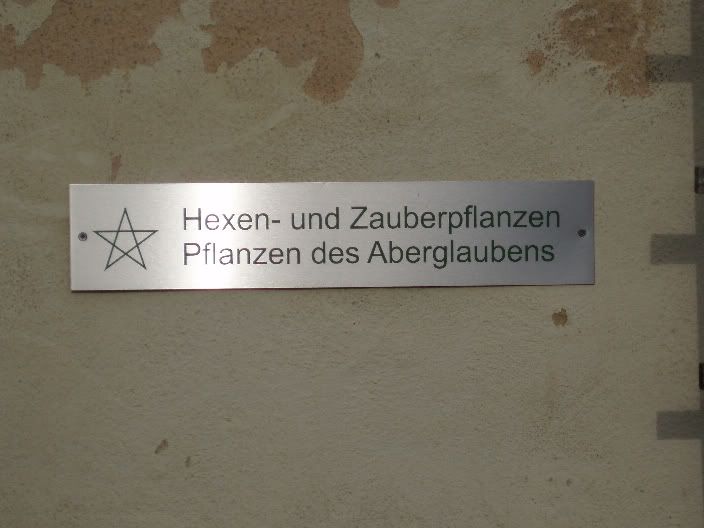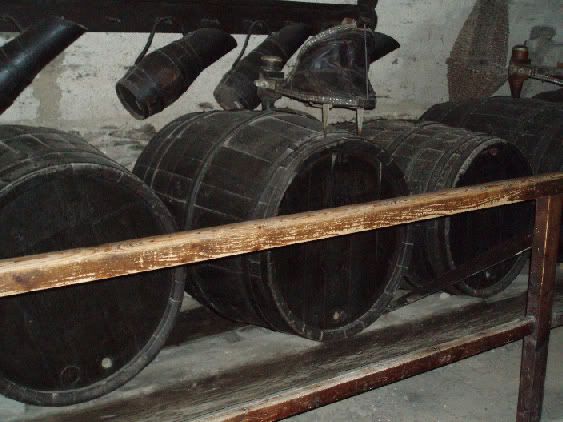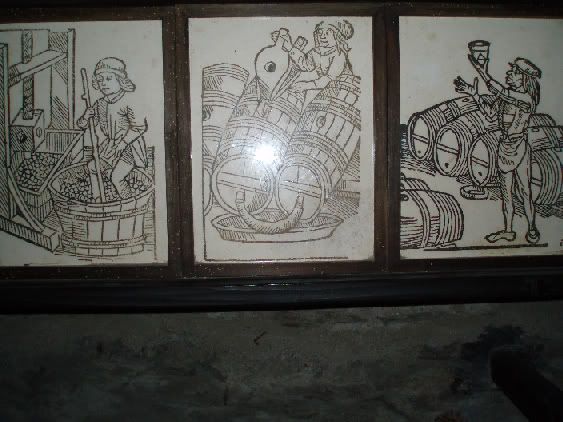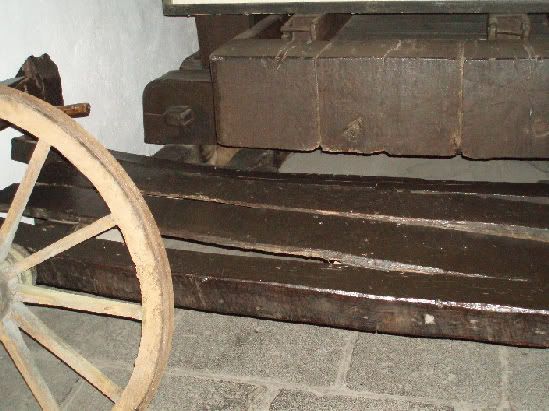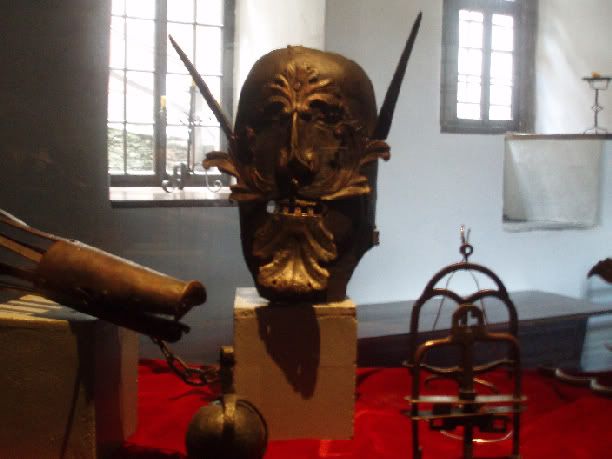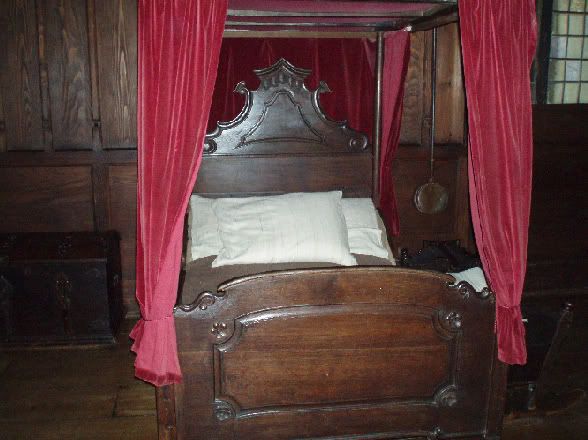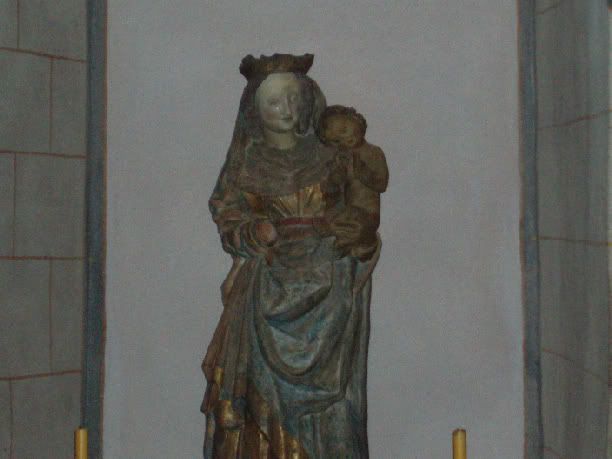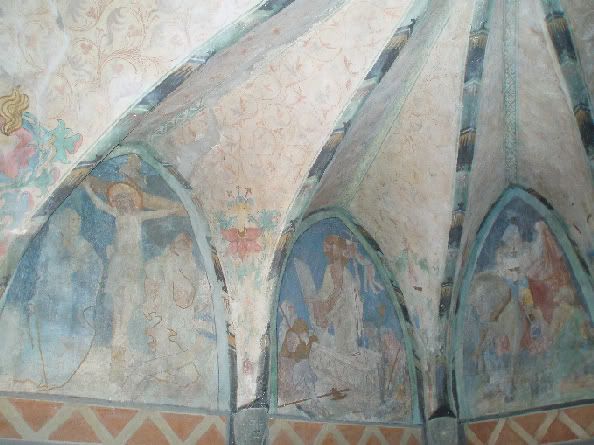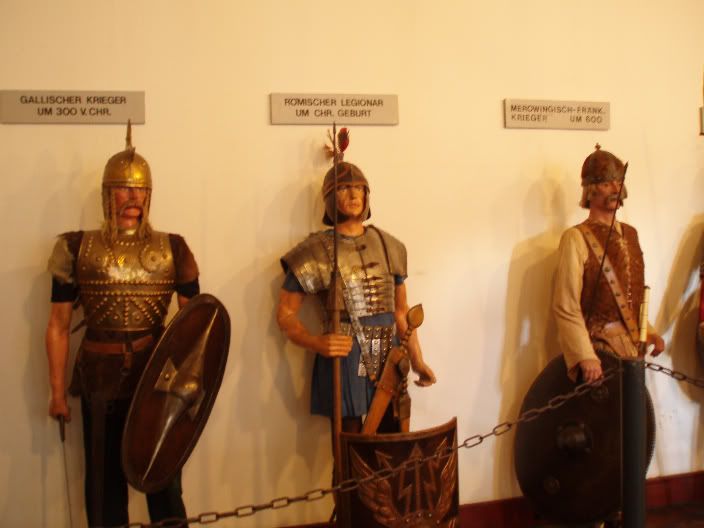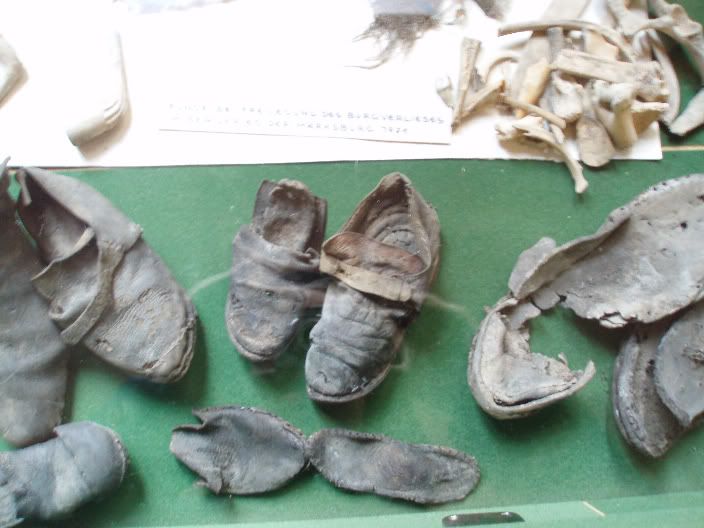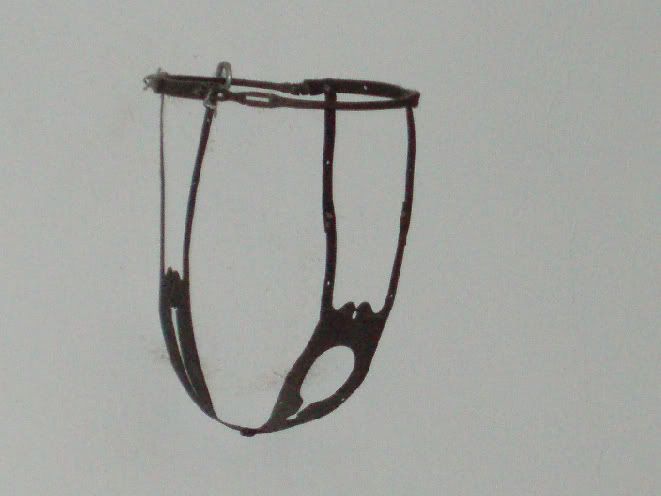I finally visited the Kunst und Ausstellungshalle (Art and Exhibit Hall) on Museumsmeile today. It was a pretty decent experience. I had a long walk around the place. A month or two before I even came here, I was aware of the Barock im Vatikan (Vatican Baroque) exhibit and was dying to see it. I was happy to be there today, but it wasn't perfect: I wasn't able to take
any photographs. They're very strict at the KAH -- I had to leave my camera and bag behind. I didn't enjoy Barock im Vatikan as much as I might have because I spent half my time in there pacing around, worrying about the wallet/passport/money in my sack at the coat check. Before taking a look at
Poussin, Lorrain, Watteau, Fragonard..., I ran back to the coats, got my wallet, and carried it around with me for the rest of the time. I wasn't totally at ease because my camera was still inside the jacket, but at least I knew I wasn't confronted with any diplomatic risk anymore.
I am truly sad I couldn't take any photographs. The exhibits were stunning. Everything was in beautiful condition. Some of the French paintings look as though they were finished yesterday. There were huge scenes depicting traditional myths and biblical stories, as well as allegories of death [a soiled skull, a rotting book, flames nearly snuffed].
If you've got the time, take a peek at KAH's website (http://www.kah-bonn.de) -- you can see a few images plucked from both the exhibits. I didn't buy it today, but before I leave, I may go back and pick up a book covering the contents of Barock im Vatikan -- the quality of the architectural drawings and the skill of the sculptors (their bees and lions, popes and angels) are things I wouldn't like to forget.
Below: some photos.
Kunst Und Ausstellungshalle Der Bundesrepublik Deutschland: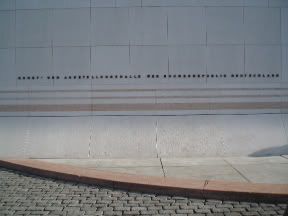 Banners
Banners:
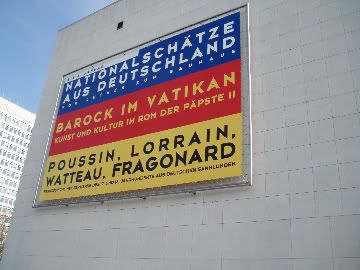 A stone walkway outside the hall (a memorial, I believe, to largely gay or bisexual popular figures):Rock Hudson
A stone walkway outside the hall (a memorial, I believe, to largely gay or bisexual popular figures):Rock Hudson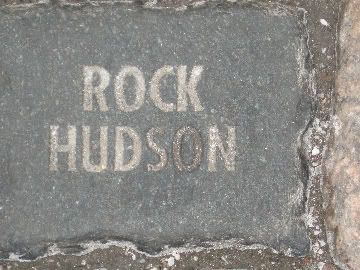 Freddie Mercury
Freddie Mercury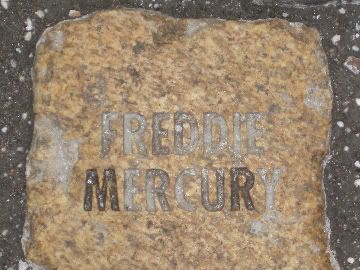 Liberace
Liberace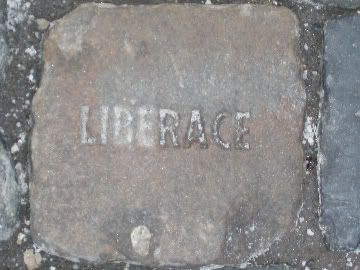 Miles Davis
Miles Davis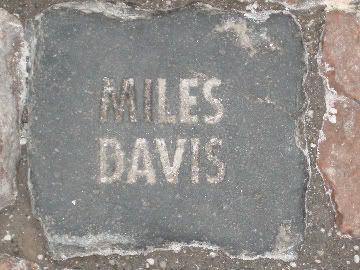 And...Unrelated, a weird hat. I found it on the head of an old lady riding the bus with me. It looks like some kind of beehive, or maybe the center of a sunflower. It bothered me so much I had to snap it:
And...Unrelated, a weird hat. I found it on the head of an old lady riding the bus with me. It looks like some kind of beehive, or maybe the center of a sunflower. It bothered me so much I had to snap it: